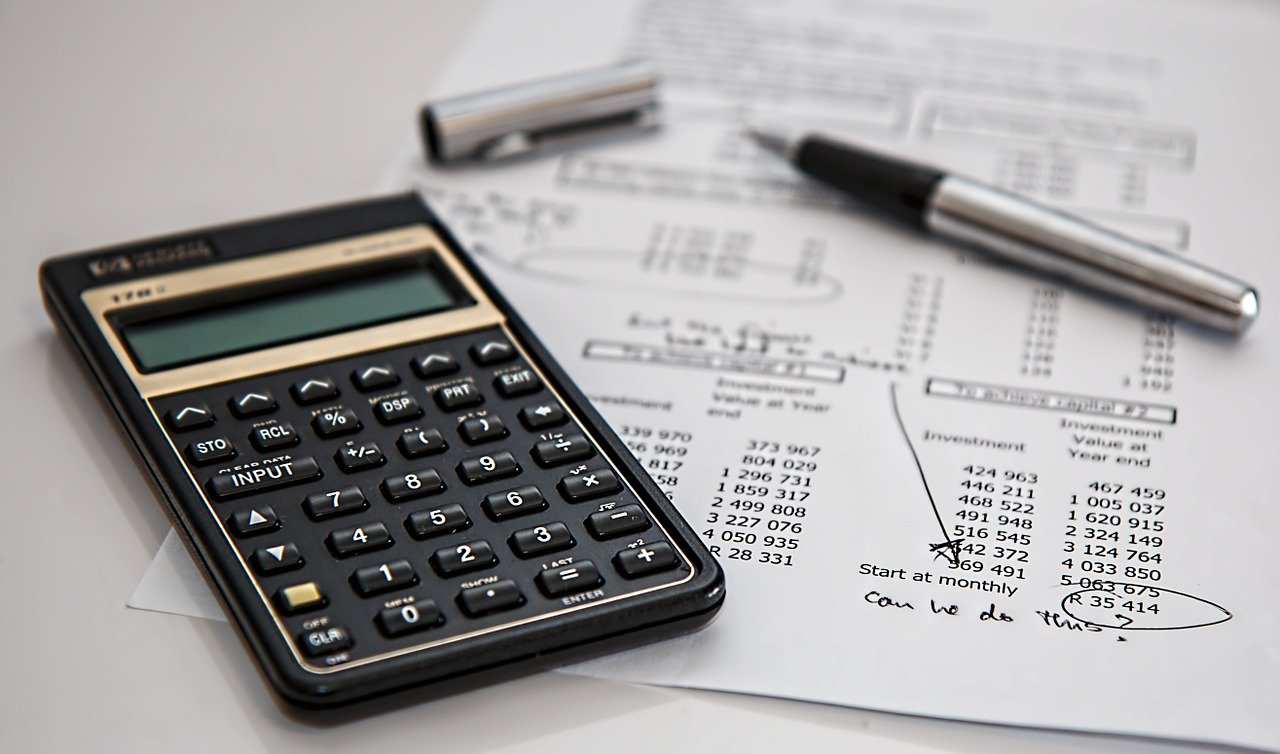VAT refunds from the UK are still possible despite Brexit. The UKs exit has seen colossal changes for the business world and consumers. The UK has left the EUs Common Market Organisation and Customs Union, which has led to changes relating to VAT. The UK is therefore a third country and EU rules no longer apply.
VAT refunds from the UK are still possible despite Brexit. The UKs exit has seen colossal changes for the business world and consumers. The UK has left the EUs Common Market Organisation and Customs Union, which has led to changes relating to VAT. The UK is therefore a third country and EU rules no longer apply.
VAT refunds from the UK are still possible despite Brexit. The UKs exit has seen colossal changes for the business world and consumers. The UK has left the EUs Common Market Organisation and Customs Union, which has led to changes relating to VAT. The UK is therefore a third country and EU rules no longer apply.
Transactions between European countries and the UK as a result of Brexit are refundable. However, the UK has made the choice that companies will be able to obtain a refund of value added tax. The UK government has given the green light for VAT refunds for companies, including transactions made after 1 January 2021. In order to be entitled to a VAT refund for UK companies, you must apply to the UK tax administrations VAT department. for VAT refunds. VAT refund applications are currently subject to the rules resulting directly from UK legislation, VAT Reporting Services. Address details and contact information is available on the official gov.uk website.
Submission of applications
Applications shall be submitted in accordance with the tax year which ends on 30 June and applications shall be submitted by 31 December. A VAT refund claim should cover a minimum period of one quarter, however, if the deadline is 30 June then a shorter period is possible. If the claim covers a period of less than 12 months, the refund amount should be at least GBP 130. And if the claim covers a whole year or less than three months, the refund amount must be at least £16. Items that were not included in earlier applications in the same year may be included in later applications.
To properly explain the differences, we will first explain how the rules were before Brexit, which happened on 1 January 2021. The UK was part of the EU, so EU laws, regulations and guidelines applied to transactions with UK businesses.
Sale of goods to the UK what are the rules?
If a trader in the European Union made a transaction with a trader in the United Kingdom, it was an intra-Community transaction. The EU trader was charged 0% VAT and the UK trader declared the VAT in his own UK VAT refund. It was important that it could be formally proven that the goods had been transported from the EU to the UK. For example, by means of signed CMR letters.
Supplies of goods to private individuals and customers without a UK VAT number were subject to the distance selling regime. Sales turnover had to be recorded in the accounts. If the £70,000 threshold was exceeded, VAT was due in the UK. Until this threshold was reached, the European trader charged VAT unless it was indicated to the tax authorities that the distance selling scheme was being applied directly.
Purchases of goods from the UK
Purchases made by a Dutch trader from a UK trader were subject to 21% VAT in Europe. This should have been declared on the VAT return. The UK entrepreneur stated 0% VAT on the invoice.
VAT implications for supplies after Brexit
From 1 January 2021, the date on which Brexit officially took place, the UK is considered a non-EU country. As a result, the supply of goods to a customer in the UK will be treated as an export and taxed at 0% VAT, but a declaration must be made to customs. Depending on what has been agreed in the terms of supply, the customer or supplier will have to pay local import duties when importing the goods into the UK.











